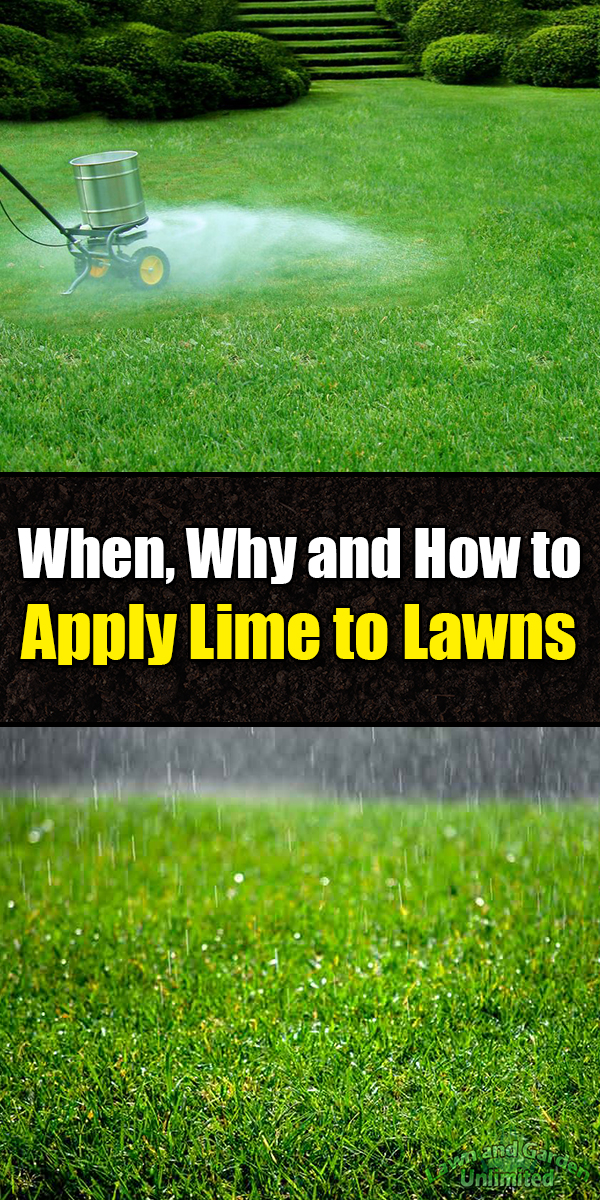![]() In various parts of the United States, having lime applied to the lawn is every bit as essential as mowing it. When there is an improper level of lime in the grass and soil, the lawn may not be able to benefit from all of the nutrients, which still includes the ones that are added through fertilization. When you apply lime to the lawn, it is able to absorb more nutrients and maintain a healthier pH balance, which can assist in the growth and nutrient absorption of lime.
In various parts of the United States, having lime applied to the lawn is every bit as essential as mowing it. When there is an improper level of lime in the grass and soil, the lawn may not be able to benefit from all of the nutrients, which still includes the ones that are added through fertilization. When you apply lime to the lawn, it is able to absorb more nutrients and maintain a healthier pH balance, which can assist in the growth and nutrient absorption of lime.
Why Specifically You Should Add Lime
Having the ideal pH level in your soil makes all of the difference. Ideally, the soil will be slightly acidic in cool-season grasses, ranging between 5.8 and 7.0. When it comes to warm season grass, it is better to have a slightly more acidic pH. It is important not to let the pH get too acidic, because certain nutrients the grass needs to grow cannot survive, including calcium, potassium, nitrogen and phosphorous. Lime or limestone can be applied to the lawn in order to increase and balance the pH and make these crucial nutrients more readily available.
Test Your Soil First
Before you begin to add lime, it is important to test the soil to register its pH first. Do this by sending in a soil sample to be tested by a local county extension. Doing this will yield a detailed soil profile for you to begin to work from. You can also do an at-home soil test for less specific results but enough results to get a good feel for where to start. This information will tell you the amount of lime that will be needed to get the soil’s pH to where it needs to be before you apply too much or too little.
When to Add the Lime
Lime can sometimes take many months to break itself down and alter the pH in the soil. Test the soil when it begins to warm in the spring, so it has time to balance before winter. You can also add it in fall, so that the freeze-thaw cycles and heavy precipitation can break the lime while getting it ready to bring up the pH of the soil. It is also important to note that lime should never be applied to any soil that is dormant or stressed.
How to Apply Lime to the Lawn
Lime needs to be applied to a dry lawn first and foremost. It is best when it is mixed in with as much as five inches of soil, which helps to adjust the pH level well before the grass is planted. Aerate the lawn before applying lime to make more room for the lime to fall into. To finish the process effectively, begin by spreading half of the lime while walking over the lawn in one way and then walking perpendicular in the other, applying the rest.
Lime can make all of the difference in the world in creating lush lawns you can be proud of. Check your soil and start making changes today.
